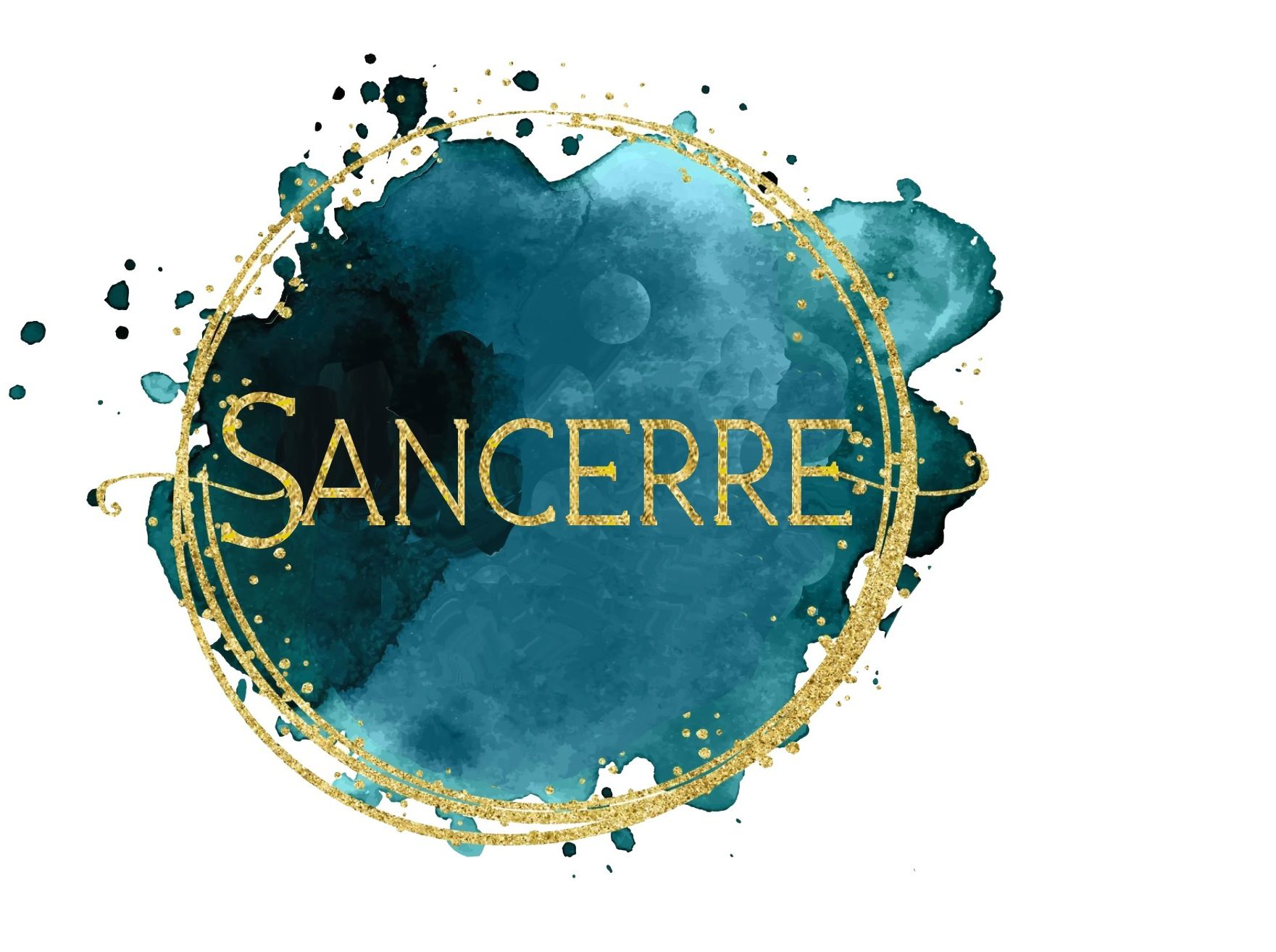
SANCERRE AT THE MOORINGS
The Moorings is a fun and vibrant condo community in Naples, Florida, and it all started with one man’s vision for the property.
Originally purchased for $1.5 million in 1957 by a development company headed by Milton Link, the Moorings has grown from the original 300 acres to more than 1,300 acres, 1,938 homes and apartments as of 2004. In 1958, lots first went on sale for the princely sum of $4500 each. The original Property owners association was founded in 1962 with only 30 members. The main thoroughfare for the Moorings was named Crayton Road after Mrs. E.W. Crayton.
The Moorings is known for its quiet streets shaded with beautiful Banyan, Ficus and Palm trees. Residents enjoy a private country club and beach park. Access to the Gulf of Mexico via Doctors Pass is enjoyed from many waterfront properties located along Moorings Bay, Bowline Bay and Compass Cove. The Moorings has survived economic slumps, Hurricanes, and time to become one of the most desirable areas in the world to live.
THE MIRACLE MILE
The Miracle Mile is a 1.3-mile stretch of Gulf Shore Boulevard North in Naples, Florida that runs from Doctors Pass to the Naples Beach Club. The area includes 38 buildings and connects Old Naples, Coquina Sands, Moorings, and Park Shore. It’s considered a top area for multi-family homes and a gateway to downtown Naples.
After the hurricane, the Naples Miracle Mile Committee formed. They’re working to redevelop right of ways and public properties along Gulf Shore Boulevard North, which is commonly referred to as the Miracle Mile. The area designates the stretch that runs from the new Naples Beach Club to Doctor’s Pass.
A HISTORICAL VIEW OF NAPLES
Naples, resort city, seat (1966) of Collier county, southwestern Florida, U.S. It lies on the Gulf of Mexico at the edge of Big Cypress Swamp, about 35 miles (55 km) south of Fort Myers. The region was originally inhabited by Calusa Indians and later by the Seminoles. Named for the Italian city, Naples was planned as a winter resort in the late 1880s. The arrival of the railroad and the construction of the Tamiami Trail (a road between Naples and Miami) aided the city’s development as a tourist destination.
Tourism remains the economic mainstay, and the citrus industry is also important in the area. Naples has a large retiree population. Caribbean Gardens, a botanical garden and zoo, and the Collier County Museum, a 5-acre (2-hectare) historical park, are in the city. Recreation facilities in Naples include miles of beaches, a fishing pier 1,000 feet (300 metres) long, and an abundance of game fish in the Ten Thousand Islands, about 20 miles (30 km) southeast. Many nature preserves are in the area, including Corkscrew Swamp Sanctuary to the northeast, Big Cypress National Preserve to the east, and Collier-Seminole State Park and Everglades National Park to the southeast. Rookery Bay National Estuarine Research Reserve encompasses some 23 square miles (60 square km) of mangrove forests and other habitat. Inc. 1923. Pop. (2000) 20,976; Naples–Marco Island Metro Area, 251,377; (2010) 19,537; Naples–Marco Island Metro Area, 321,520.
